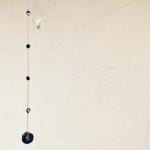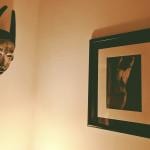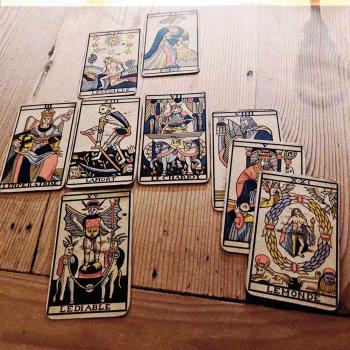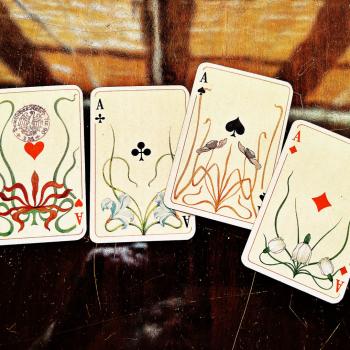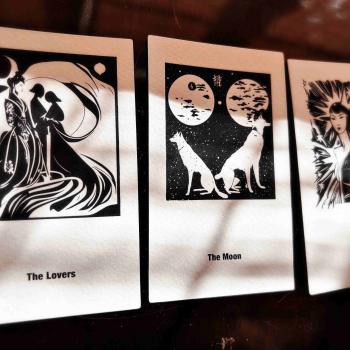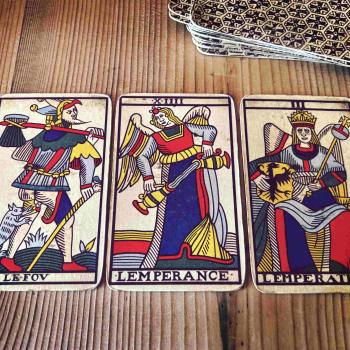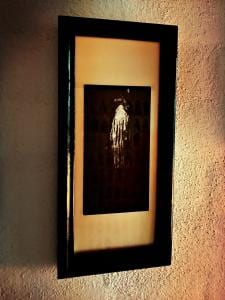
Before a mason arrived at my new house to fix a wall for what was to be my new analog photography darkroom, I had vacillated as to whether I should have it the basement. I figured that although some light could get in because of the small window here, since I could easily block the light coming through, I was going to be able to to enjoy some utter darkness while having my head under the enlarger. I also thought that the basement was quite atmospheric already, and it had a lot of potential.
Before anything happened, I played it all in my head: the room was to feature dark Japanese screens to cover the old oil stove installed here in 1960; the Persian rug in my current darkroom would be replaced with a new one, fitting to perfection the square format of the room. Everything would look like the inside of a womb, lush, mysterious, and burgundy red.
I took a deep breath while visualizing all this, recalling also the the smell of my chemicals. I love to infinity the darkroom processing of film and the transposition of images unto baryta, silver coated fiber paper. I played in my head all the moves that go into dodging and burning, developing, stopping, and fixing the image. The long wash. The drying. The glance at all the strange objects I have here, while waiting for this process of writing to light to complete.
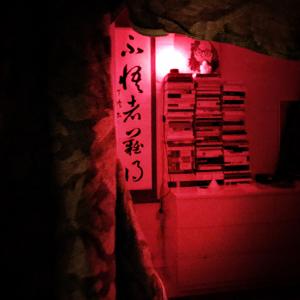
I have strange things in my darkroom: pictures of fierce dakinis inherited from ancient collections, pictures of people I love that I processed myself, statues and their shadows, amulets, books, and books, and books.
While waiting for the new darkroom to be ready, in my head I had already played the game of placing every object in this new space to intimidating decor. How much is too much? How little is too little? It occurs to me that these questions form the core fundamentals to everything I do.
I read the cards with these questions in mind, so I can get a sense of just what is necessary to deliver. The highest praise I get for my work with the cards comes from clients to say this to me: ‘I want to know this, but if it’s bad news I don’t want to know. Just the constructive part. I only need that at this point.’
The highest praise a fortuneteller can receive, a fortuneteller who holds zero beliefs, is in the form of another’s belief in her message: ‘whatever you say, I believe you.’ I always smile when people trust me this much, because I’m never quite sure what to make of their belief. As far I’m I’m concerned, I just read the damn cards. The cards often tell a story that is ‘just so.’ That’s why this work is magical. I myself don’t have to believe in anything to make others believe that ‘it is so’ when that turns out to be the case.
‘How do you do it,’ many want to know, especially since my cartomancy is not informed by belief. I tell everybody that I get it all from literature, poetry, theatre, dance, math, analog photography processing, painting, the lives of artists. I get it all from my large library of books.
What you learn from textbooks is a method that you can apply to your thinking. Now consider this: while most think that method serves their self-interest, in reality what serves your self-interest is the way in which you think before the method. If your thinking is deranged, as in fallacious, derailed from what is actual and factual, or fraught with emotional content, then no number of genius methods will get you to any clear sense of having mastered what you do.
This is what I learnt myself in professing different career paths. If I achieved any mastery in anything, which has always been my aim whenever I made an effort to learn anything, I can safely say that it was because I adjusted my thinking first before I applied any method to the new understanding of things.
Equally in cartomancy, when my cards hit the table I play out in my head all the possible narratives that can emerge. All these narratives compete for my attention. Which one is the most essential and relevant for what I need to address? What game do I play? An intuitive one? A deductive one? Here I think that what chess players do when they anticipate moves is the closest approximation we have to how we can describe a method whose sole function is to aid the already started thinking process.
When i teach, what I advise all my cartomancy students is to make sure that before they all binge on method books, they build a library that consists of much more than textbooks. These books will be the ones that will help, especially in dealing with the unpredictable, or with having to measure when enough is enough.
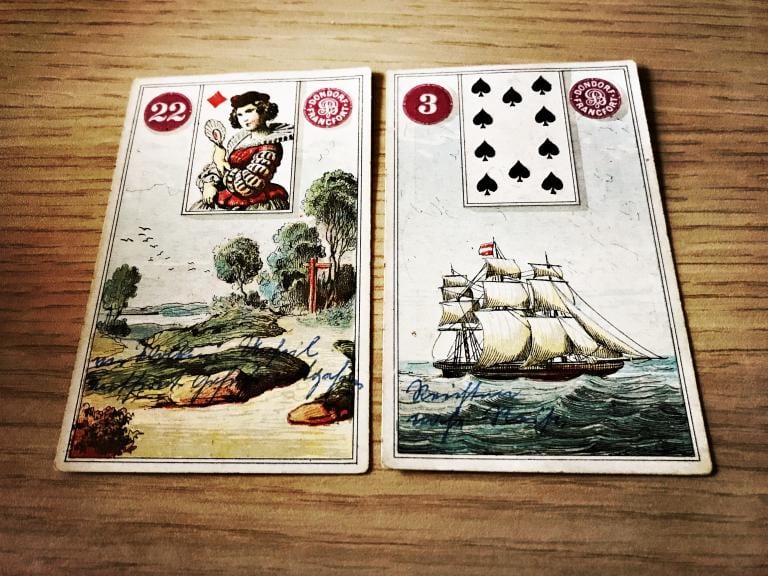
If you saw the Crossroads and the Ship together as above, you may think in dispensing advice pertaining to someone’s predicament in a straight fortunetelling manner: ‘you’ll take the long journey as an alternative solution to your problem.’ After this line you may want to stop right there, that is, if all you ever did in your cartomantic life was to read textbooks.
If you read novels, however, then you might discover that the first thing you’ll want to mention is something else. Let’s imagine this dialogue, in which you both think and then deliver a message to your sitter:
You won’t take the path of least resistance. You’re looking at a long journey by boat. No anchoring to the earth for you here, unless you’re a good diver and like to seek the bottom of the sea for the sheer pleasure of saying hi to the weird fish. A long journey by boat is not smooth. There will be turbulence. You won’t even have a signpost in front of you, instructing you to turn left or right. GPS exists, but how is an electronic device going to save you from thunder and storm? What can you rely on? Yes, your diving gear may come in handy, but do you have actual skills for diving? The diving talk is the alternative to the situation in which you may say, ‘I’m not even sure why I’m on this boat…’ When you encounter a signpost at the crossroads, not many point to the deep waters. Or wait, you just want to sail away in order to put as much immeasurable distance between you and her, the Queen of Diamonds ruling the fork in the path. If that’s the case, the wisdom, ‘not my monkey, not my circus,’ won’t help you, as you’ll find yourself immersed in nostalgia, a deep yearning for her and her trickster ways. A Queen of Diamonds knows the value of shining brightly. She is the embodied science of polished minerals, which you now think are the waters you travel on. Good luck to you, and your alternative long journey…
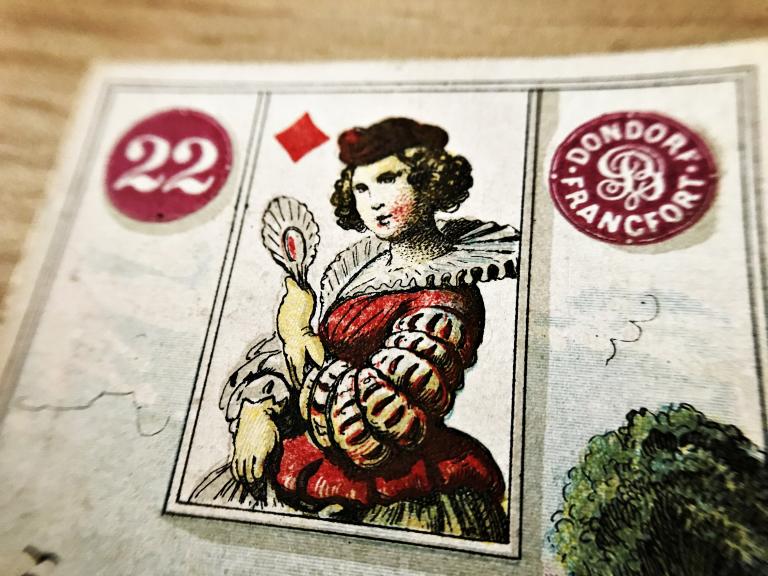
The narrative above could turn into a whole novel. The art is to make the imagination fit a concise form. This form is never the method. Rather, this form takes the shape of your daring. How do you think with your cards, how forceful is your daring? These are the questions.
In cartomancy, method is but a footnote to how you act on a whim towards deductive and imaginative extrapolations, to how you respond spontaneously to what you see in the cards, when seeing is not contaminated by a set of expectations.
♠
For a book of fragments that features some of my gelatin silver prints prompting to reflections on sensuality and magic, you’re welcome to check out Being Besides Myself.



